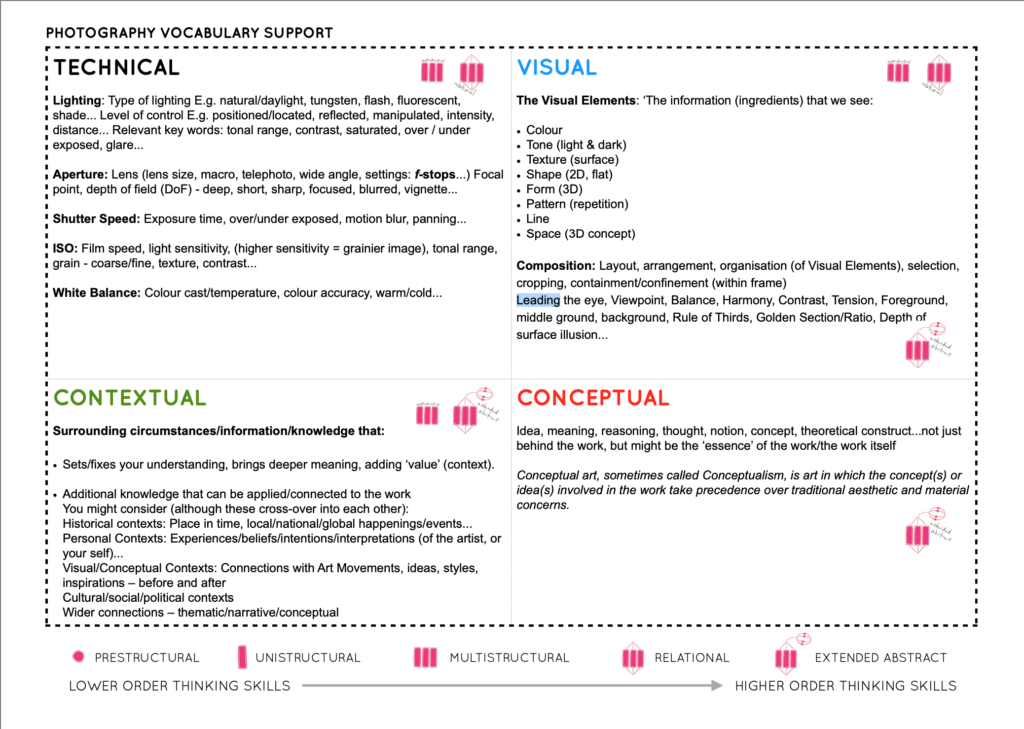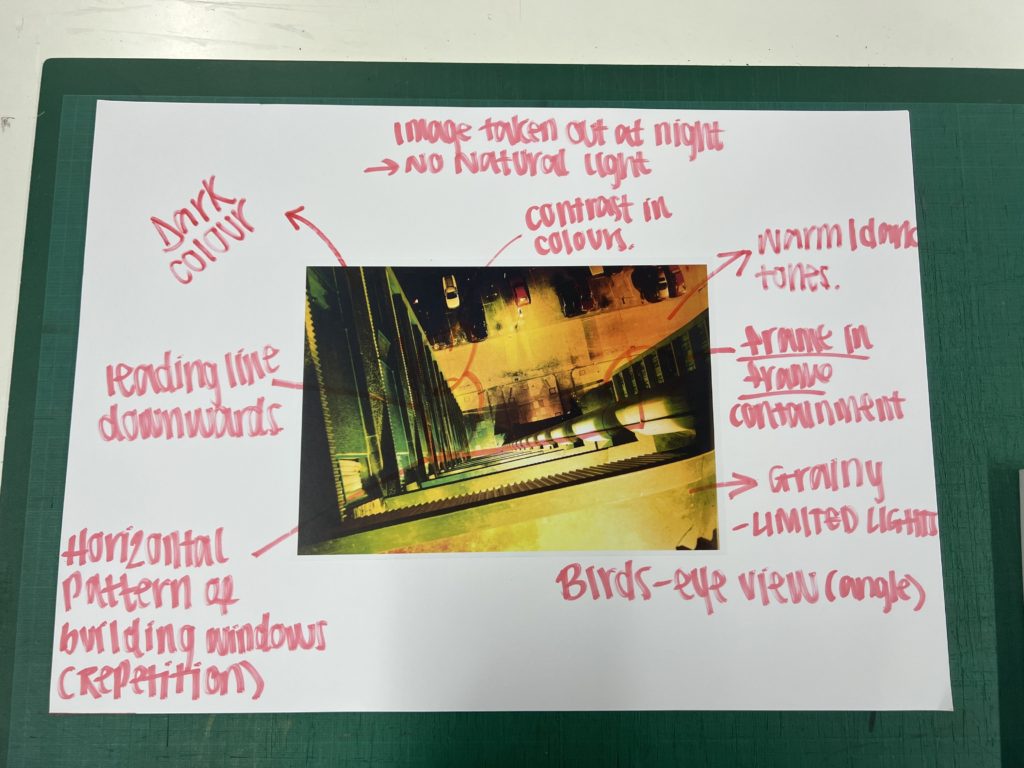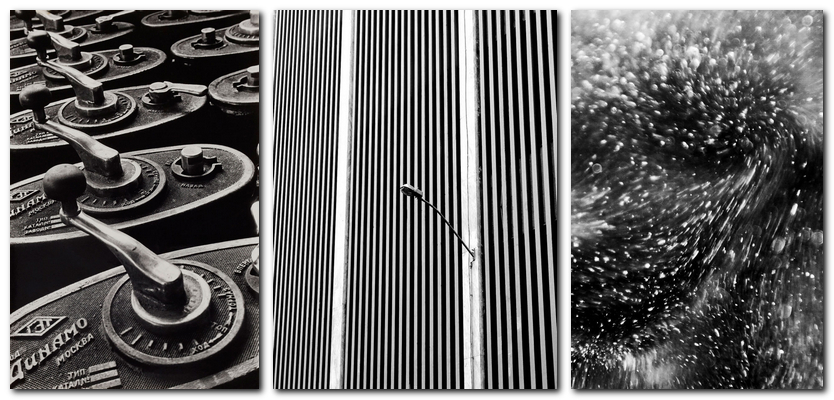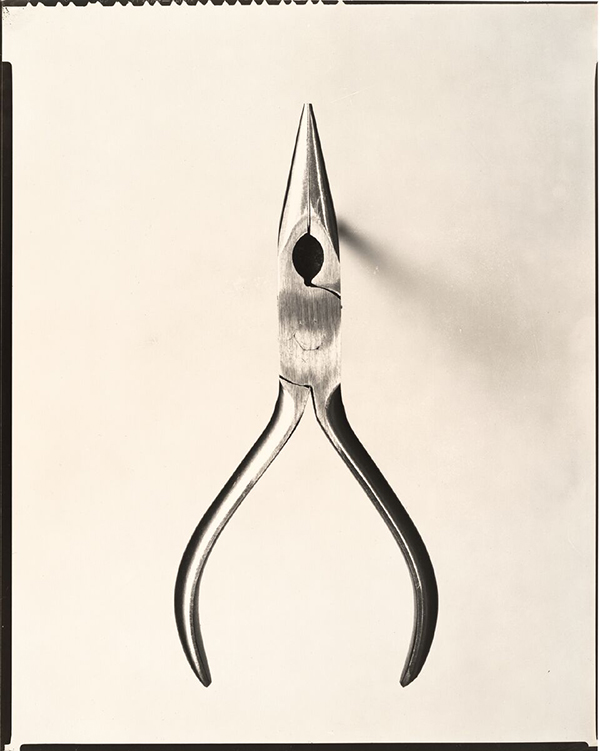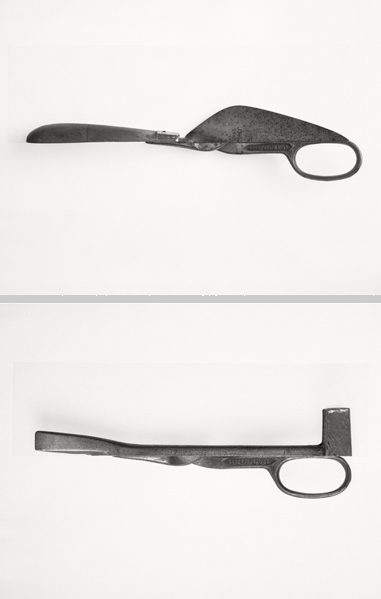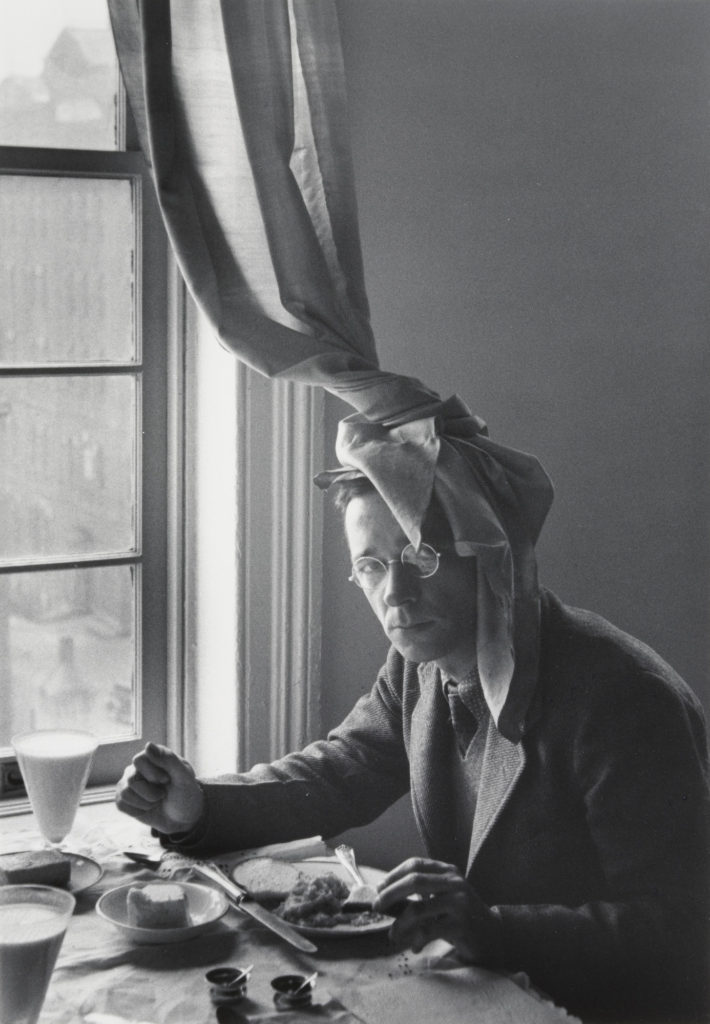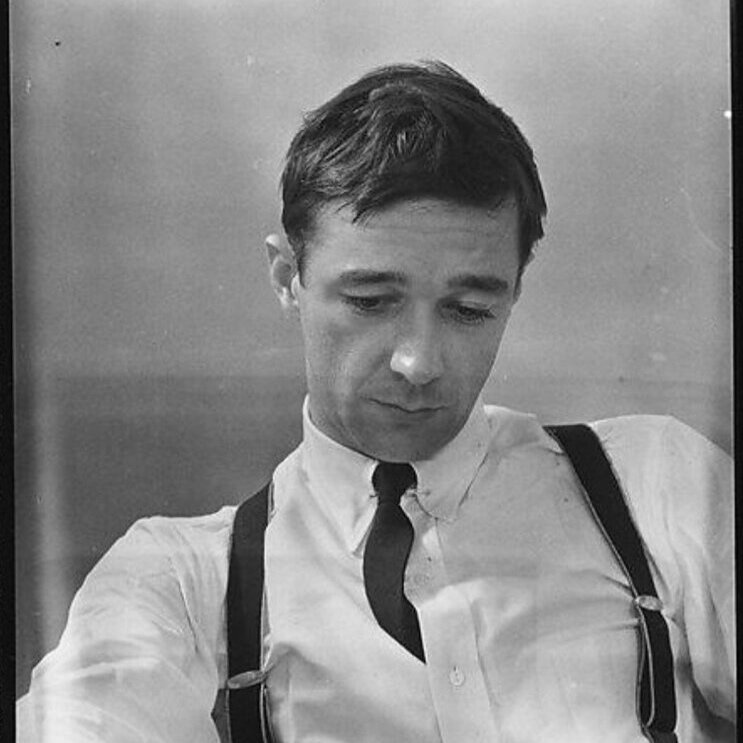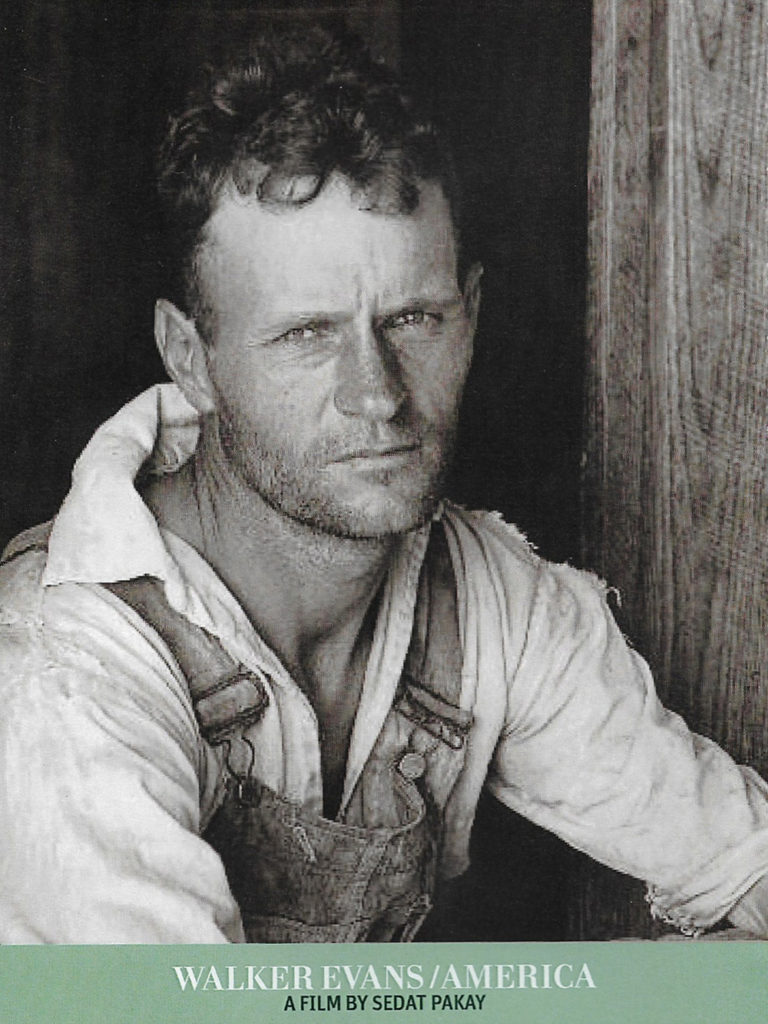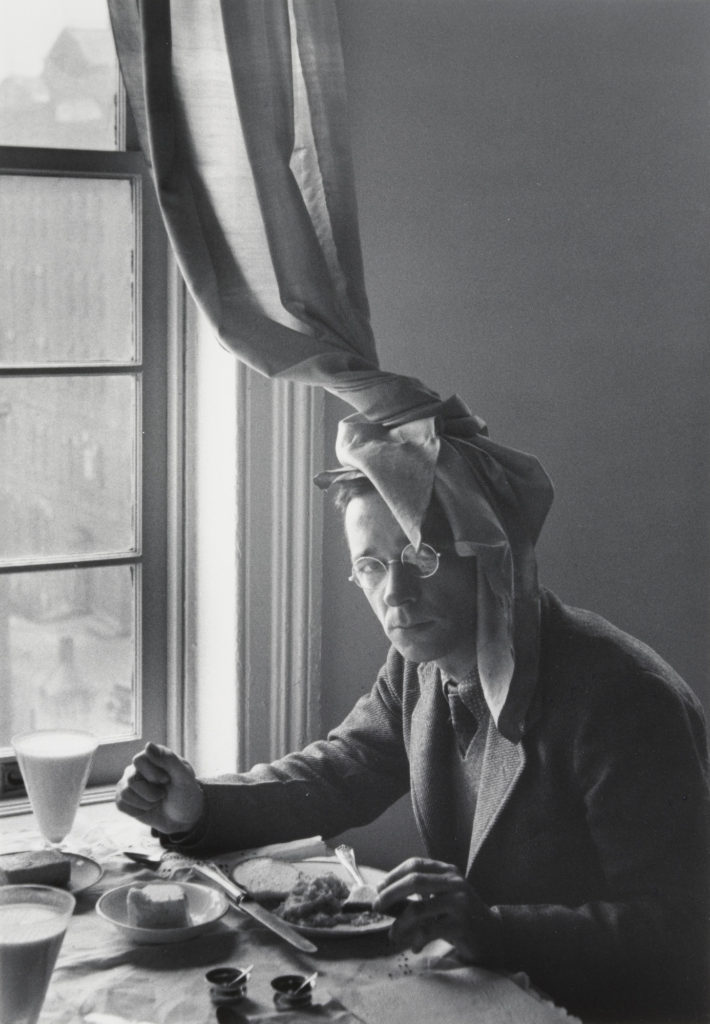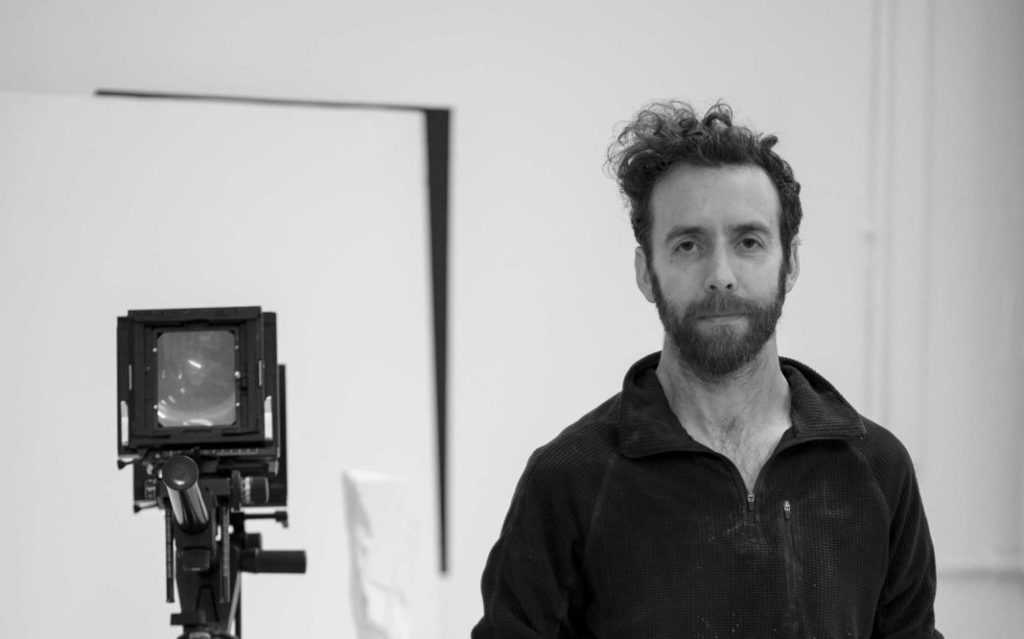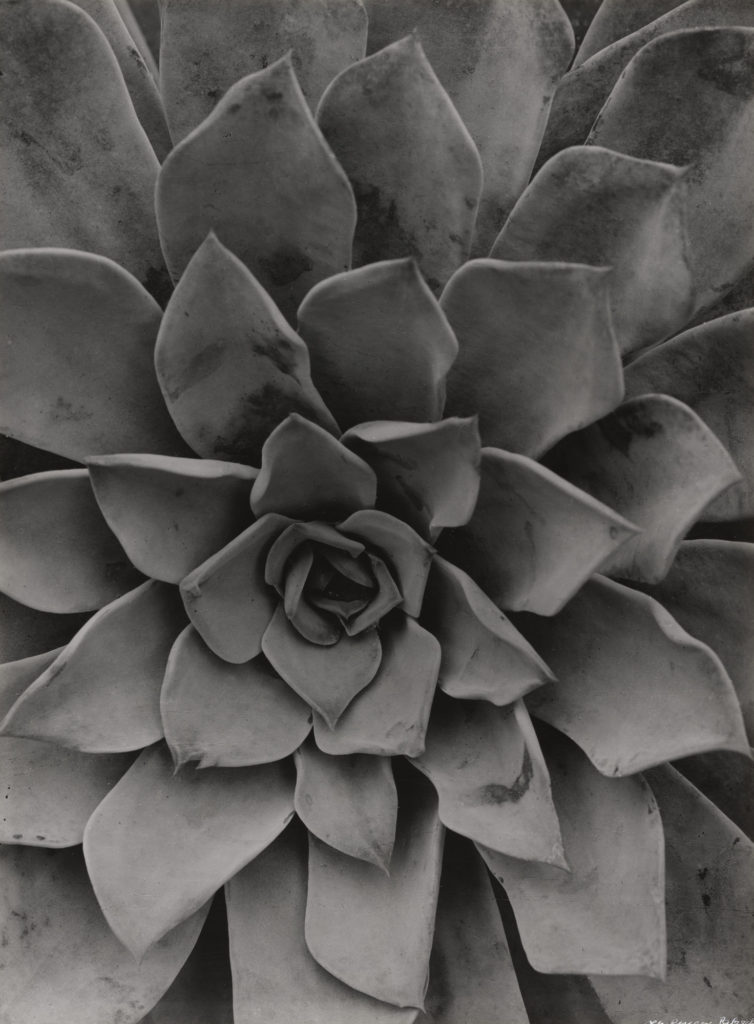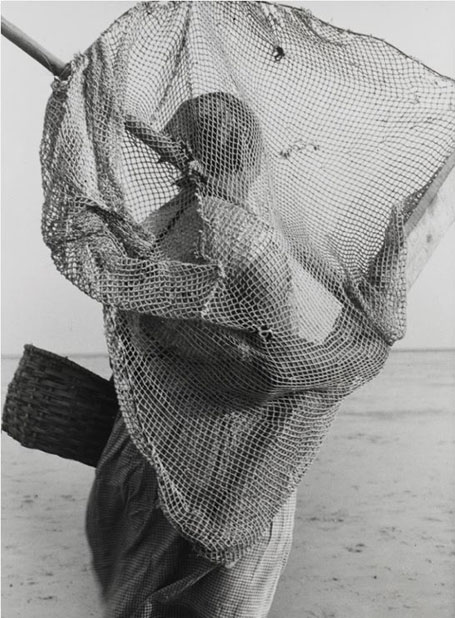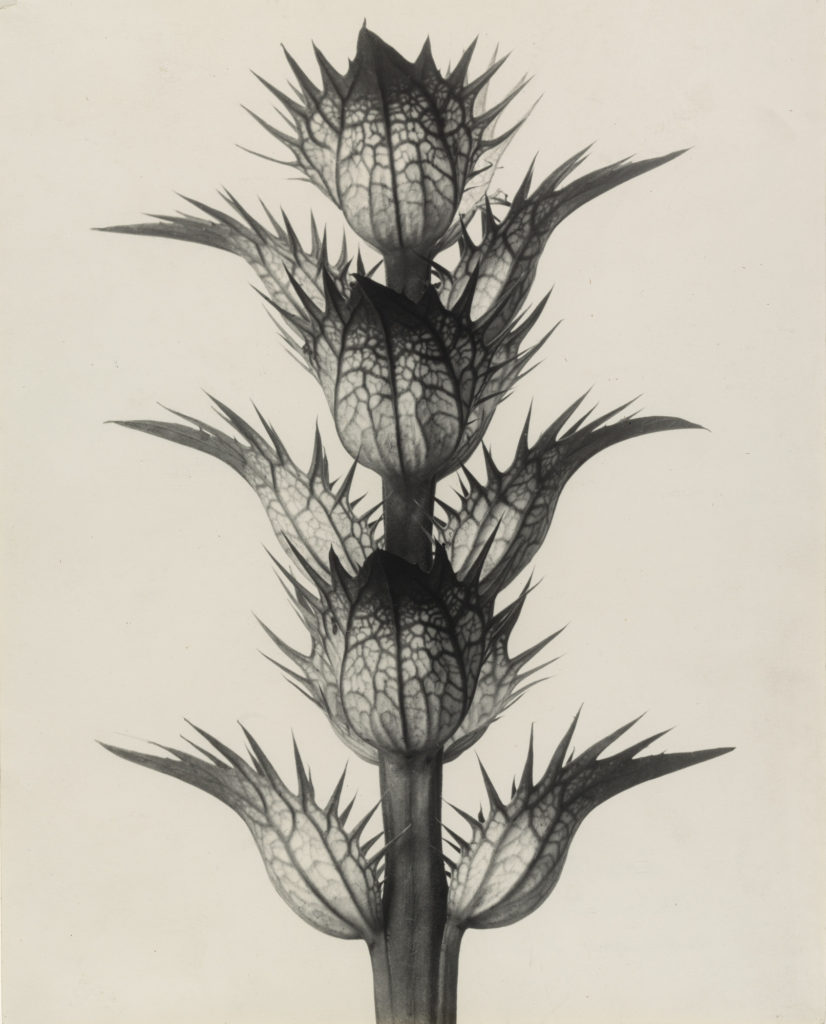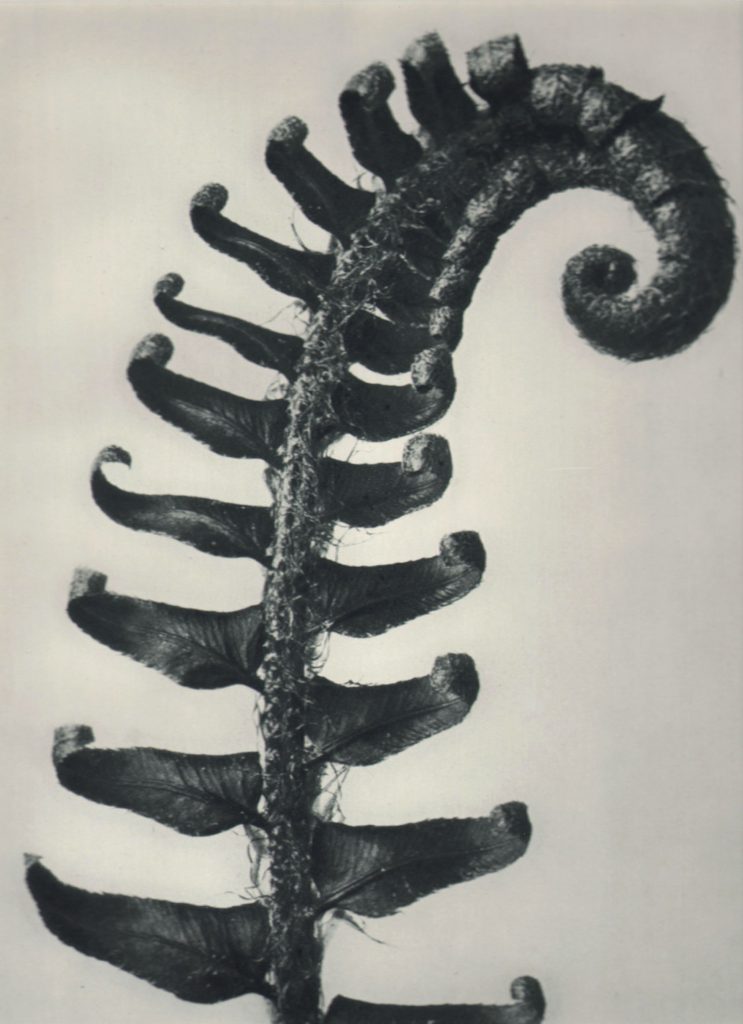Photos consist of visual and formal elements much the same as any art, however photos their own specific ‘grammar’ focusing on more technical photography exclusive elements- flatness, frame, focus, time, ect. Often when technical “mistakes’ are made in photography they are seen as art and then utilized. “formalism” focuses on the design, light and form over subject matter.

As seen is this photo by Aaron Haines it is not about the subject matter being the stairs, it is about how it is taken making it visually interesting. The stairs act as a repeating pattern down towards the stair well and framing it, making it the focal point of the image. Whilst the photo is monochrome, tonally the ground at the bottom the stairs is the darkest whilst the stairs are lighter creating contrast and further framing the stair well, it also helps create a sense of depth as we expect darker things to be further away.
The elements of formalism:
- line- things in the photograph that act as lines. thick thin how do they lead our eye.
- tone- is it light or dark, contrasting, monochrome.
- reputation/ pattern- is there patterns or repeating visuals what do they do.
- space- how is negative and the space with in the frame used.
- shape- what shapes are created where do they lead your eye.
- colour- how is colour used- complementary, analogous ect.
- composition- how is the photograph set up where is everything how does it lead your eye.
Photo Analysis
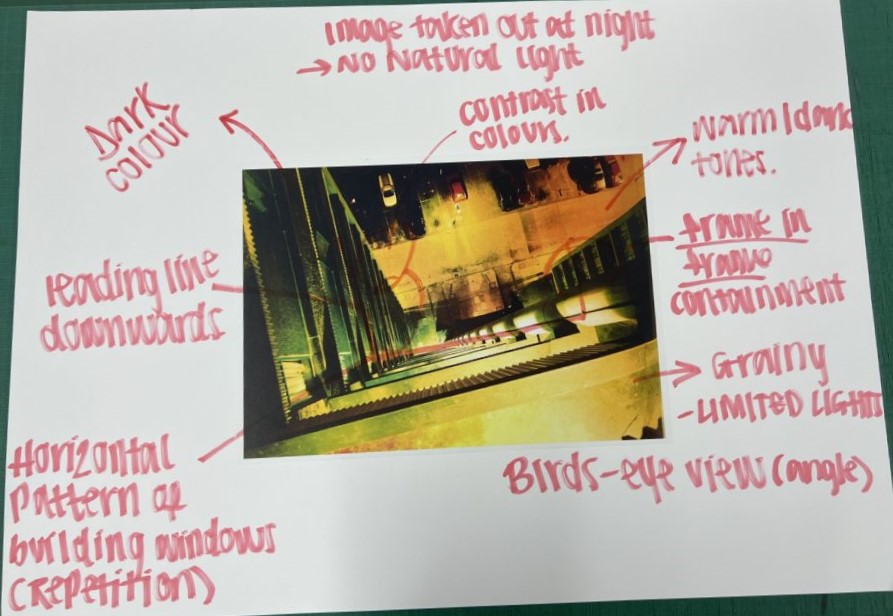
In these annotations we were picking out visual and formal elements. Based on this table focusing on visual:
